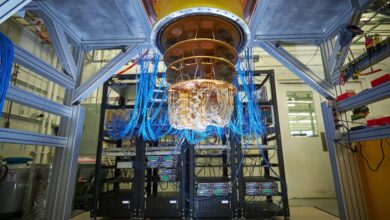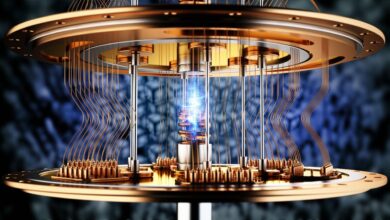Reaching For Stars: Space Technology Breakthroughs Now
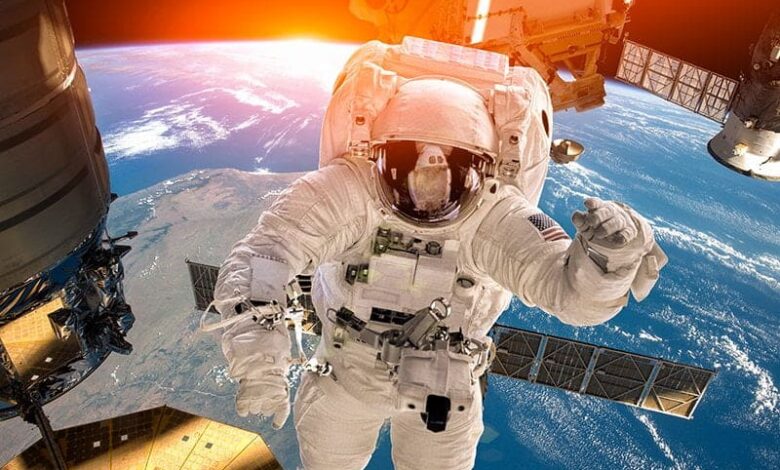
The pursuit of space exploration, once the exclusive domain of government superpowers during the Cold War era, has dramatically transitioned into a vibrant, multi-faceted global effort driven by unprecedented technological innovationand massive private investment.
We are currently experiencing a paradigm shift where the boundaries between science fiction and tangible reality are blurring rapidly, transforming humanity’s relationship with the cosmos from one of distant observation to one of accessible utilization and ambitious settlement.
The soaring costs and single-use constraints of the past have been shattered by disruptive advancements in rocketry, propulsion, and miniaturization, effectively democratizing access to orbit and igniting the “New Space Economy.”
This burgeoning sector, projected to be worth over a trillion dollars by the next decade, is powered by companies and nations competing to achieve milestones like reusable rockets, lunar bases, and eventual Martian colonies.
Understanding the cutting-edge developments in space technology is crucial because these innovations are not confined to the stars; they are directly accelerating technological progress here on Earth, yielding breakthroughs in material science, global communication, and climate intelligence that benefit everyone.
This guide will take a look at the most exciting advancements that are actively pushing the limits of engineering and biology to ensure humanity becomes a multi-planetary species.
Revolutionizing Access: The Reusable Rocket Era
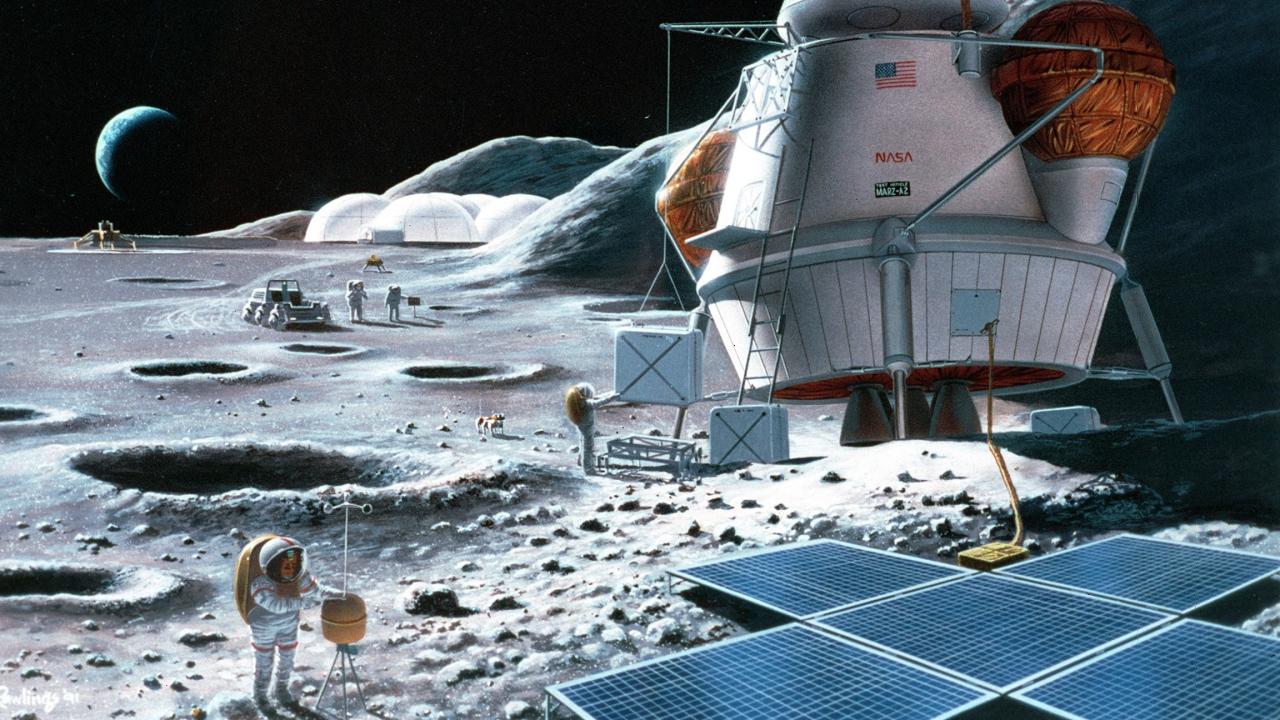
The single greatest technological and economic breakthrough has been the shift from disposable rockets to fully reusable launch systems, which drastically slashes the cost of getting objects and people into orbit.
1. Reusable Launch Vehicle Technology
The ability to land and reuse the most expensive parts of a rocket, particularly the first stage booster, has been a game-changer.
A. Vertical Landing Systems
- Companies have mastered the complex autonomous navigation required for large boosters to perform a controlled, powered descent and vertical landing back on Earth.
- This eliminates the need to build a new, multi-million dollar booster for every single launch, fundamentally altering the unit economics of space travel.
- The quick turnaround time for reflying these boosters allows for a higher launch cadence, increasing the rate at which satellites and cargo can be deployed.
B. Ultra-Heavy Lift Vehicles
- The development of next-generation, ultra-heavy lift rockets is crucial for transporting the massive amounts of cargo and crew needed for lunar and Martian colonization.
- These powerful systems are designed to be fully and rapidly reusable, making the logistical challenge of building off-world habitats feasible from a cost perspective.
- The capacity to lift enormous payloads is vital for carrying specialized equipment, life support systems, and building materials to distant destinations like the Moon and Mars.
2. The Commercialization of Low Earth Orbit (LEO)
The lowering of launch costs has fueled the rapid growth of LEO, the region of space closest to Earth (roughly 100 to 1,200 miles up).
A. Mega-Constellations
- Private companies are deploying massive networks of thousands of small satellites to provide global, low-latency internet access.
- These mega-constellations are transforming global connectivity, making high-speed internet available even in remote or underserved areas of the world.
- They rely on the miniaturization and cost-effectiveness of Small Satellites (CubeSats) for rapid, bulk deployment.
B. Private Space Stations
- With the International Space Station (ISS) nearing retirement, private entities are developing commercial orbiting habitats to replace it.
- These private stations will serve as dedicated laboratories for microgravity research, specialized space-based manufacturing facilities, and destinations for space tourism.
- This transition marks a major step toward fully commercializing space, shifting resource management from government to enterprise.
Next-Generation Propulsion and Power
Reaching deep space efficiently requires new technologies that move beyond traditional chemical rockets, which are heavy and slow for long-duration missions.
1. Smart and Advanced Propulsion
Scientists are developing systems that offer higher efficiency and longer operational life with less fuel mass.
A. Ion Thrusters
- Ion propulsion systems accelerate ions (charged atoms) using electric fields to create thrust.
- These thrusters are incredibly fuel-efficient and capable of continuous, low-thrust acceleration over very long periods.
- They are ideal for deep-space probes and orbit-raising maneuvers where speed isn’t immediate, but long-term efficiency is key.
B. In-Space Refueling
- The ability to refuel spacecraft in orbit is a critical enabling technology for deep-space missions.
- By launching propellant separately and transferring it in orbit, rockets do not need to carry all the fuel required for the entire mission from the ground.
- This dramatically increases the effective payload capacity and range of both deep-space probes and lunar missions.
2. Space-Based Power Generation
Developing sustainable power sources is necessary for habitats and long-duration operations away from Earth.
A. Space-Based Solar Power (SBSP)
- SBSP concepts involve building massive solar farms in orbit where sunlight is continuous and not blocked by Earth’s atmosphere or weather.
- The collected solar energy would be converted into microwaves or lasers and then transmitted wirelessly back down to receiving stations on Earth.
- This offers the potential for a clean, virtually inexhaustible source of baseload energy for the planet.
B. Nuclear Propulsion
- For ultra-fast travel to Mars and beyond, researchers are re-examining nuclear thermal propulsion systems.
- These engines use a nuclear reactor to heat hydrogen propellant to extremely high temperatures, resulting in much higher thrust efficiency than chemical rockets.
- This technology is vital for reducing the travel time for crewed missions to Mars, minimizing astronaut exposure to deep-space radiation.
The New Space Economy: Manufacturing and Resources
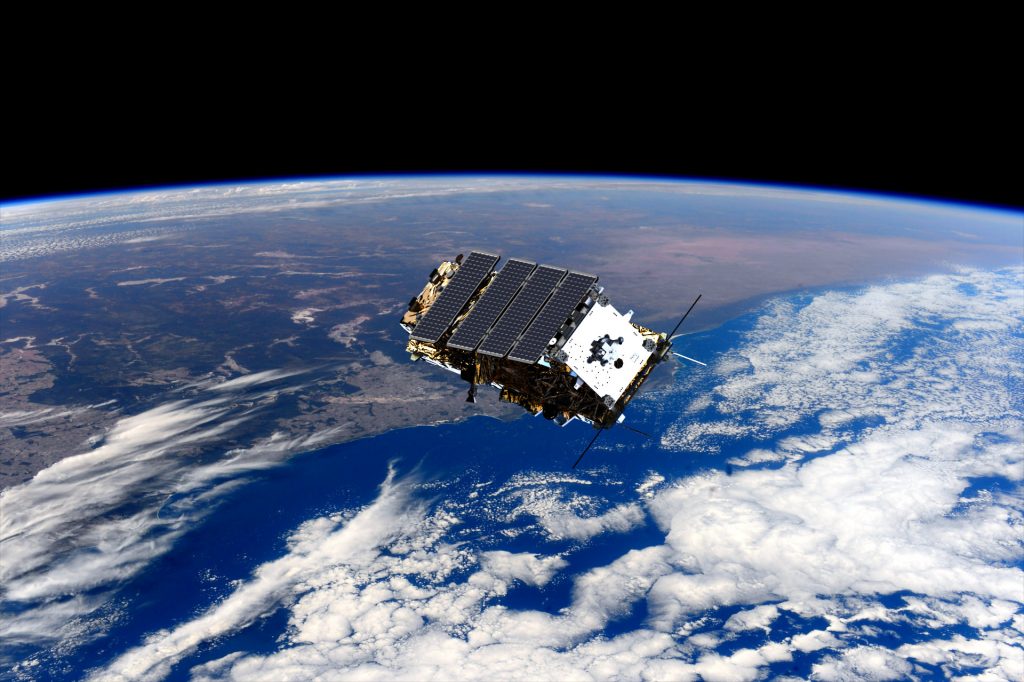
Space is increasingly viewed not just as a destination for exploration, but as an economic domain rich in resources and unique manufacturing opportunities.
1. Space-Based Manufacturing
The unique conditions of microgravity (weightlessness) allow for the creation of materials impossible to produce on Earth.
A. Advanced Materials
- In microgravity, engineers can manufacture perfectly formed crystals, specialized metal alloys, and materials with superior qualities.
- This includes high-value products like ZBLAN fiber optics—a specialized glass that transmits data with almost no loss, which is far superior to Earth-made equivalents.
B. In-Orbit Servicing and Assembly
- Space robotics is being developed to repair, upgrade, refuel, and even assemble large structures (like telescopes and power grids) directly in orbit.
- Additive Manufacturing (3D Printing) allows spacecraft to print tools, replacement parts, or even entire components on demand during a mission, dramatically reducing reliance on Earth-based resupply.
2. Resource Utilization and Space Mining
Extracting and utilizing resources found off-world is critical for sustainable colonization.
A. Lunar and Martian Resources
- Exploration missions are focused on confirming the extent of water ice on the Moon and Mars, which is vital for life support and a source of hydrogen/oxygen fuel.
- Utilizing these in-situ resources (ISRU) reduces the massive cost of launching every necessary resource from Earth.
B. Asteroid Mining
- Near-Earth asteroids are rich in precious metals (like platinum and gold) and industrial materials.
- Long-term commercial plans involve dispatching autonomous robots to capture and mine these asteroids, fundamentally reshaping the supply of raw materials on Earth.
The Next Great Leaps: Exploration and Settlement
All these technological advances are converging to achieve humanity’s most ambitious goal: establishing a permanent, self-sufficient presence beyond Earth.
1. Lunar Exploration (The Artemis Program)
The Moon is serving as the indispensable testbed and stepping stone for Mars.
A. Sustainable Lunar Bases
- Programs like NASA’s Artemis aim to establish a long-term, sustainable human presence on the lunar surface.
- Missions will focus on building habitats, using lunar soil (regolith) for construction, and extracting resources like water ice from the Moon’s South Pole.
B. Lunar Gateway
- The Lunar Gateway is a planned small space station orbiting the Moon.
- It will serve as a staging point for missions traveling between the Moon and Mars, allowing for crew exchange, resupply, and research far from Earth.
2. The Push to Mars and Colonization
Establishing a self-sufficient city on Mars is the ultimate goal of deep space human spaceflight.
A. Developing Martian Infrastructure
- Initial uncrewed missions will focus on landing heavy cargo, identifying suitable water and power sources, and setting up foundational infrastructure.
- Technologies are being refined for closed-loop life support systems to recycle air and water efficiently, minimizing resupply needs.
B. Autonomous Systems
- Due to the immense communication delay with Earth (up to 20 minutes one-way), future Martian habitats will rely heavily on AI and autonomous systems.
- These systems must be capable of making immediate, life-critical decisions and solving complex operational problems without human guidance from mission control.
Conclusion
The world of space technology is accelerating at an unimaginable speed.
Reusable rockets have dramatically lowered the cost barriers to accessing Low Earth Orbit.
The New Space Economy, driven by private companies, is transforming LEO into a commercial zone.
Advanced propulsion systems are making deep space travel faster and more fuel-efficient.
The unique environment of space is becoming a dedicated hub for advanced, zero-gravity manufacturing.
International and commercial programs are working to establish permanent human bases on the Moon and Mars.
The development of sustainable resources and life support is critical for long-term off-world habitats.
These innovations are creating vast economic opportunities and yielding essential data for life on Earth.
Humanity is on the verge of becoming a true multi-planetary species, driven by technological ambition.


